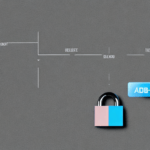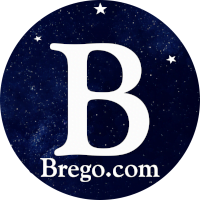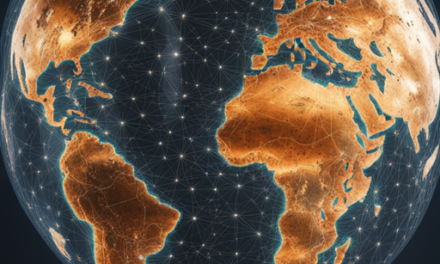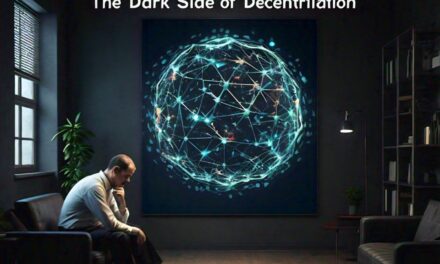Unlocking the Potential of Web3: A Paradigm Shift for the Internet and Society
Syndicated by Web3Network.com
In the ever-evolving landscape of technology, a new wave is on the horizon – Web3, a decentralized and user-centric iteration of the internet powered by blockchain technology. As we navigate the limitations of the current Web2 era, concerns surrounding data privacy, platform dominance, and the escalating influence of tech giants have catalyzed discussions about the need for a transformative shift. Web3 emerges as a beacon of promise, offering a vision of a...
Related Posts
Recent Posts
-

-

-

-
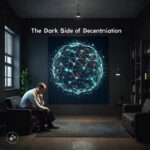
-

-

-
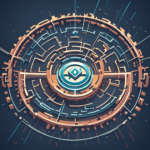 The Evolution of Web3: A Comprehensive OverviewOct 5, 2023 | Web3 Basics
The Evolution of Web3: A Comprehensive OverviewOct 5, 2023 | Web3 Basics -
 Web3 HeadlinesAug 30, 2023 | Web3 Network News
Web3 HeadlinesAug 30, 2023 | Web3 Network News -

-
Web 3 Network Search ResultsApr 24, 2023 | Uncategorized
-
